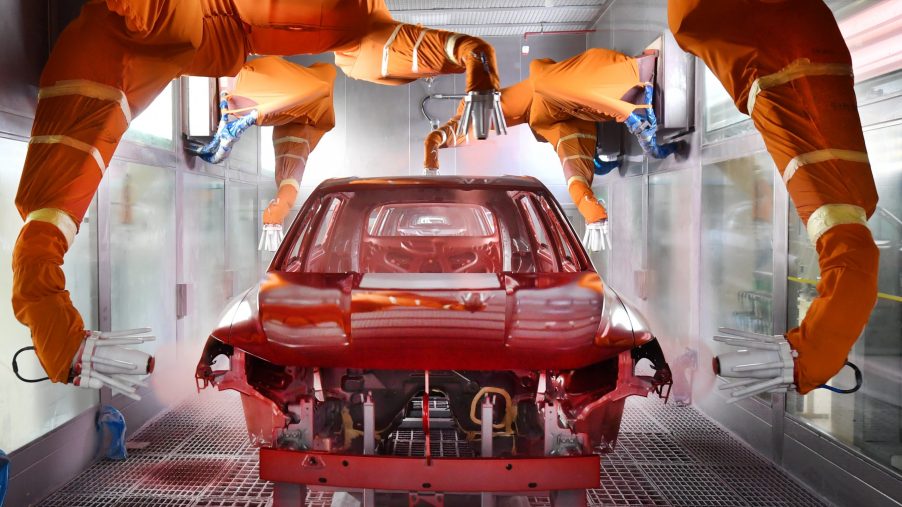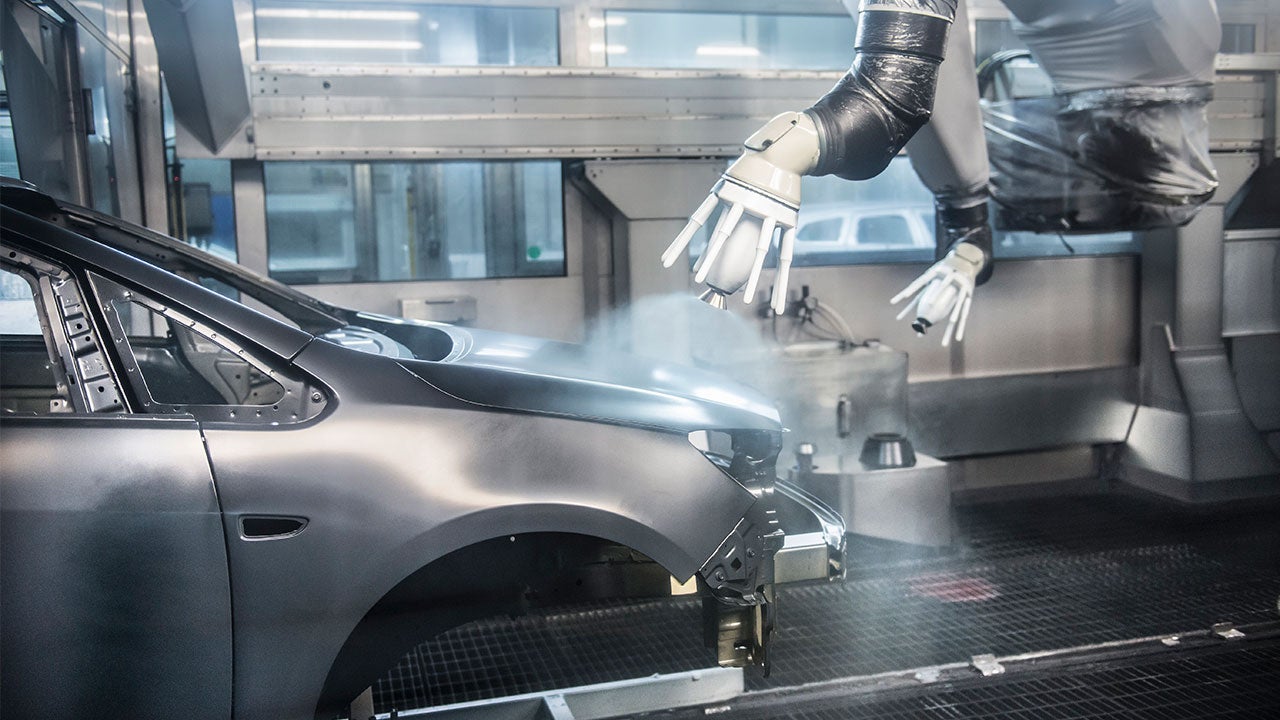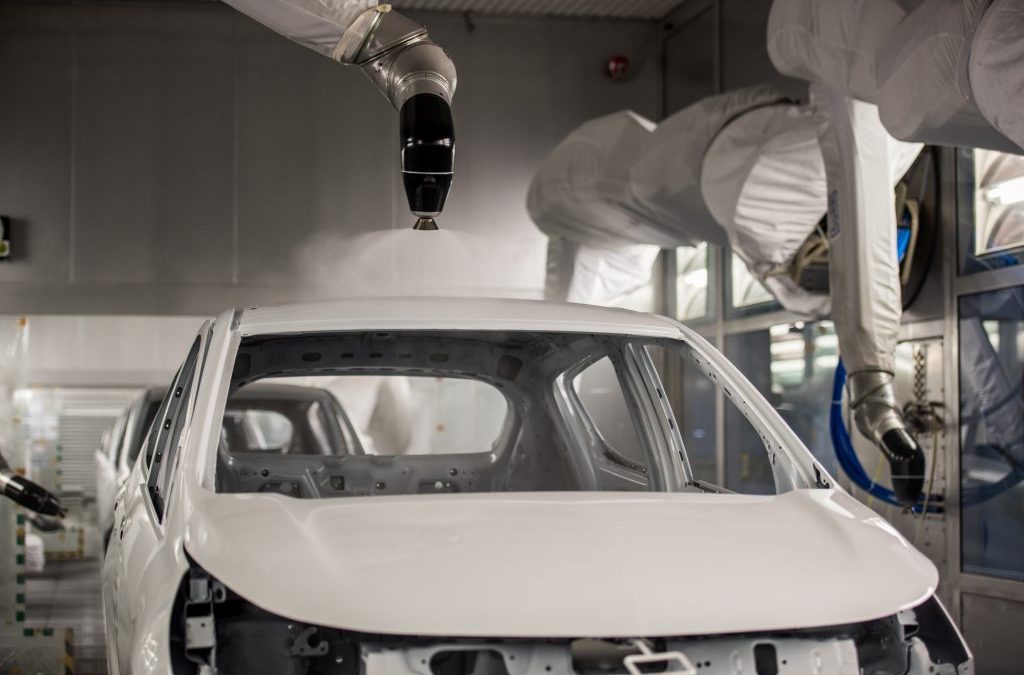When it comes to preparing a car for painting, one of the most important steps is using the right grit sandpaper on the primer. Many people wonder what grit sandpaper for primer before paint car will yield the best results. In this article, we will provide detailed guidelines and helpful tips on this topic to ensure that your car’s paint job looks as professional as possible.
Using the correct grit sandpaper is crucial. Selecting the wrong grit can result in a messy, uneven paint job, and could even damage the car’s primer. Our goal is to help you avoid these pitfalls by providing comprehensive information on the topic.

Why Sanding is Important
Sanding is an essential process in car painting for several reasons. It helps to smooth out the surface, removes imperfections, and ensures that the paint adheres properly to the primer. Sanding can also correct mistakes made during the priming process, making the paint job look cleaner and more professional.
Understanding Grit Numbers
Grit numbers on sandpaper refer to the coarseness of the abrasive. They range from very coarse (low numbers) to very fine (high numbers). Here is a quick overview:
- 60-80 grit: Very coarse, used for removing heavy rust or paint
- 100-150 grit: Medium coarseness, used for general sanding purposes
- 180-220 grit: Fine, used for final sanding before applying primer
- 320-400 grit: Very fine, used for sanding between coats of primer or paint
- 600-800 grit: Ultra-fine, used for final sanding before applying the topcoat
Best Grit Sandpaper for Primer
For most primer sanding tasks, a grit range of 320 to 400 is recommended. This range is fine enough to smooth the surface without damaging the primer layer. It also provides enough abrasion to ensure that the paint adheres properly.
Steps to Sand Primer
Here’s a step-by-step guide:
- Clean the surface: Remove any dust or debris from the surface.
- Dry sand: Use 320-400 grit sandpaper for dry sanding.
- Check for imperfections: Look for scratches or bumps.
- Wet sand: If needed, use 600-800 grit sandpaper for wet sanding.
- Final inspection: Ensure the surface is smooth and ready for painting.
Equipment and Tools Required
Ensure you have the following equipment:
- Sandpaper (320-400 grit for dry, 600-800 for wet)
- Sandpaper holder or sanding block
- Clean cloths or tack rags
- Water for wet sanding
- Safety gear
Common Mistakes to Avoid
Some common mistakes include:
- Using the wrong grit sandpaper
- Sanding too aggressively
- Not cleaning the surface properly
- Skipping wet sanding steps
How to Choose the Right Sandpaper
Selecting the right grit sandpaper depends on:
- Primer type: Different primers may require different grits.
- Surface condition: Rough surfaces may necessitate starting with a coarser grit.
- Paint type: Some paints may require smoother surfaces.
Professional Tips for Better Results
For best results:
- Use quality sandpaper: Dont skimp on sandpaper quality.
- Take your time: Rushing can lead to mistakes.
- Check the surface frequently: Regular checks can prevent over-sanding.

Frequently Asked Questions
How much pressure should I apply when sanding?
Apply light to moderate pressure. Too much pressure can damage the primer.
Can I reuse sandpaper?
You can reuse sandpaper, but ensure it’s still effective and not clogged with debris.
Is wet sanding always necessary?
Wet sanding isn’t always necessary, but it often yields a smoother finish.
For more information on painting a car, you can refer to wikiHow’s guide on painting a car and Wikipedia’s article on automotive paint.
Additionally, you can check out some high-speed genetic analysis monitoring tools available on Genetic Analysis, Semiconductor Inspection, and Tachometer Systems.
